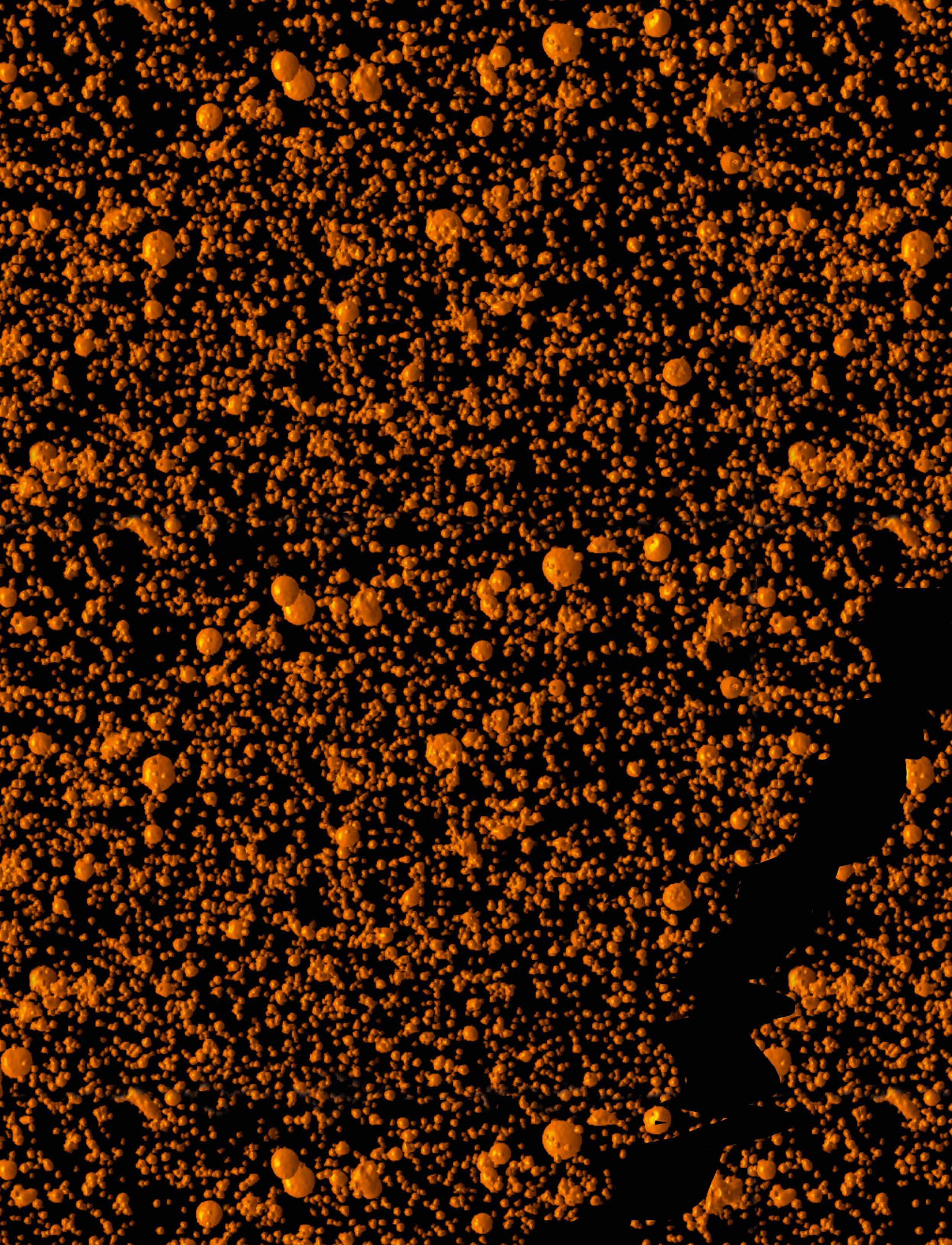Models to find the key to molecular behaviour Computer-aided methods of investigation play a role of steadily increasing importance in biological research, with sophisticated simulations enabling scientists to understand molecular systems in great detail. Researchers in the VARIAMOLS project are developing in silico approaches to model and study large molecular assemblies, which could open up new avenues in medical research, as Professor Raffaello Potestio explains. The
investigation of biological systems increasingly relies on the use of sophisticated technologies, with researchers applying computer-aided techniques to build a detailed picture of the structure, dynamics, and function of macromolecules and molecular assemblies. As the Principal Investigator of the VARIAMOLS project, Professor Raffaello Potestio is developing new methods to model and study biological molecules, in particular proteins, which could play an important role in medical research. “We mainly focus on single molecules, however this definition encompasses singlechain proteins as well as assemblies of several proteins, as molecular machines are often composed of several distinct units, which are more or less strongly bound together and work cooperatively,” he explains. For example, the capsid of a virus – which is the shell that contains the viral genome – is not a single protein, but rather an assembly of different proteins, like a LEGO toy. “Our aim is to understand how these systems work, that is, what relations exist between their structure, their movements, and their biological function,” says Professor Potestio. VARIAMOLS project A class of methods, called coarse-graining, is being used within the project to represent these molecular structures, a way to describe complex systems in a simplified manner that allows researchers to look at large biomolecules. In the most detailed computer
Workflow of one of the methods to identify optimal coarse-grained representations developed in the VARIAMOLS group. From “An information theory-based approach for optimal model reduction of biomolecules”, https://arxiv.org/abs/2004.03988
models of molecules, that is, all-atom ones, an atom is treated as a single, point-like particle; usually, these representations employ classical physics to describe the relationship between them. “Each atom has certain attributes, such as mass, electric charge and atomic radius, which allow the definition of interactions with other atoms,” Professor Potestio outlines. This approach is numerically expensive, as the interaction of each individual atom with the others needs to be accounted for. “At each step of the simulation, forces have to be computed among almost all atoms, and this requires substantial computational effort,” says Professor Potestio. “Nowadays, it is possible to simulate systems up to the tens of millions of atoms, but large computational resources are required, and not everybody has access to these kinds of facilities.”
This is an issue that researchers are addressing by using these relatively complex simulations as a starting point to devise methods through which simpler representations of the system can be constructed. Professor Potestio and his colleagues in the project develop and employ coarse-grained models in which a single particle does not represent just an atom, but rather several atoms together. “There are fewer interactions, so they are easier to compute. This improves the efficiency of the simulation,” he explains. This means efficiency in terms of time scale attained as well as number of calculations that need to be performed. “It could be that I would need a week rather than two months in order to observe the same process, if the coarsegrained model is sufficiently accurate,”
A view from the Physics department of the University of Trento. The city hosting the VARIAMOLS group offers the perfect environment for both thrilling academic work and relaxing walks in alpine landscapes.
24
EU Research






























